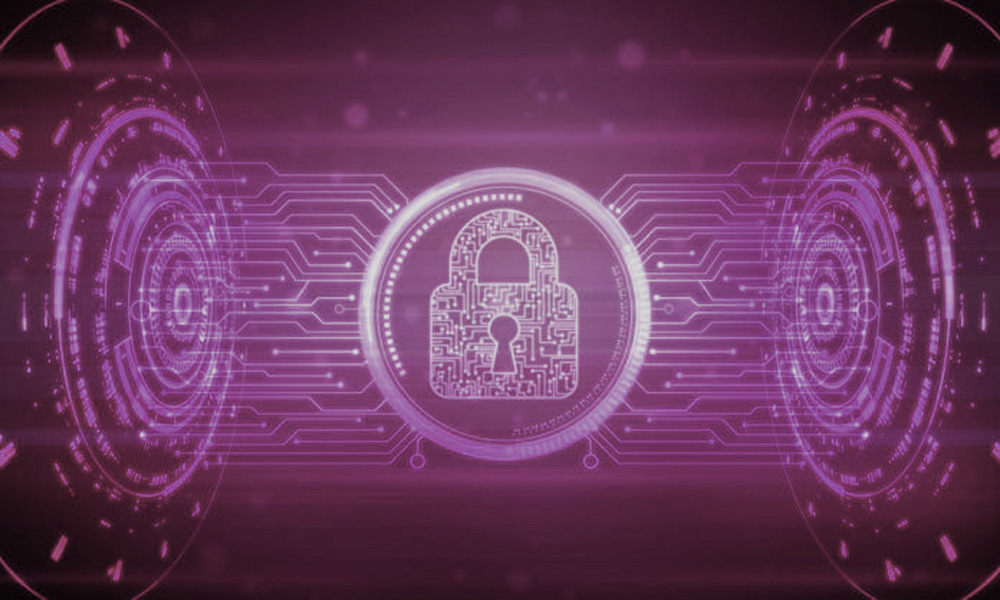
An unconditionally secure system for conducting financial transactions in a unsafe electronic environment has been developed by researchers from the University of Vienna. This solution combines contemporary cryptographic techniques with the fundamental properties of quantum light. The demonstration of such “quantum-digital payments” in a realistic setting has been published in Nature Communications.
The use of digital payments has supplanted physical banknotes in numerous aspects of our daily existence. They should be user-friendly, non-tamper-proof, and untraceable, while also being resistant to digital attacks and data compromises.
In today’s payment ecosystem, customers’ sensitive data is replaced by sequences of random numbers, and each transaction is protected by a classical cryptographic method or code. However, merchants and adversaries with computational capabilities can exploit this vulnerability to recover their private data and make payments in their name.
Prof. Philip Walther from the University of Vienna has led a research team that has demonstrated the unconditional security of digital payments through the quantum properties of light particles or photons. The experiment demonstrated that each transaction cannot be replicated or diverted by malicious parties and that sensitive data remains private.
By using a quantum protocol that relies on single photons, scientists have replaced the traditional cryptographic techniques in order to make digital payments more secure. In a classical digital payment transaction, the client shares a classical code (cryptogram) with their payment provider (e.g. a bank or credit card company), and the cryptogram is then shared between the customer, merchant, and payment provider.
The cryptogram in the demonstrated quantum protocol is a product of the payment provider sending specially prepared single photons to the client.
The client measures the photons in the payment process, and the setting for the measurement is influenced by the transaction parameters. As quantum states of light cannot be copied, the transaction can only be executed once. Any deviation from the intended payment alters the measurement outcomes, which are verified by the payment provider, making this digital payment completely secure.
The researchers managed to establish a protocol for quantum-digital payments via an urban optical fiber link of 641m, which connects two university buildings in downtown Vienna. To ensure security in the face of noise and losses, a few minutes of quantum communication is required to complete a transaction, according to Peter Schiansky, the first author of the paper.
Reference: “Demonstration of quantum-digital payments” by Peter Schiansky, Julia Kalb, Esther Sztatecsny, Marie-Christine Roehsner, Tobias Guggemos, Alessandro Trenti, Mathieu Bozzio and Philip Walther, 29 June 2023, Nature Communications.